






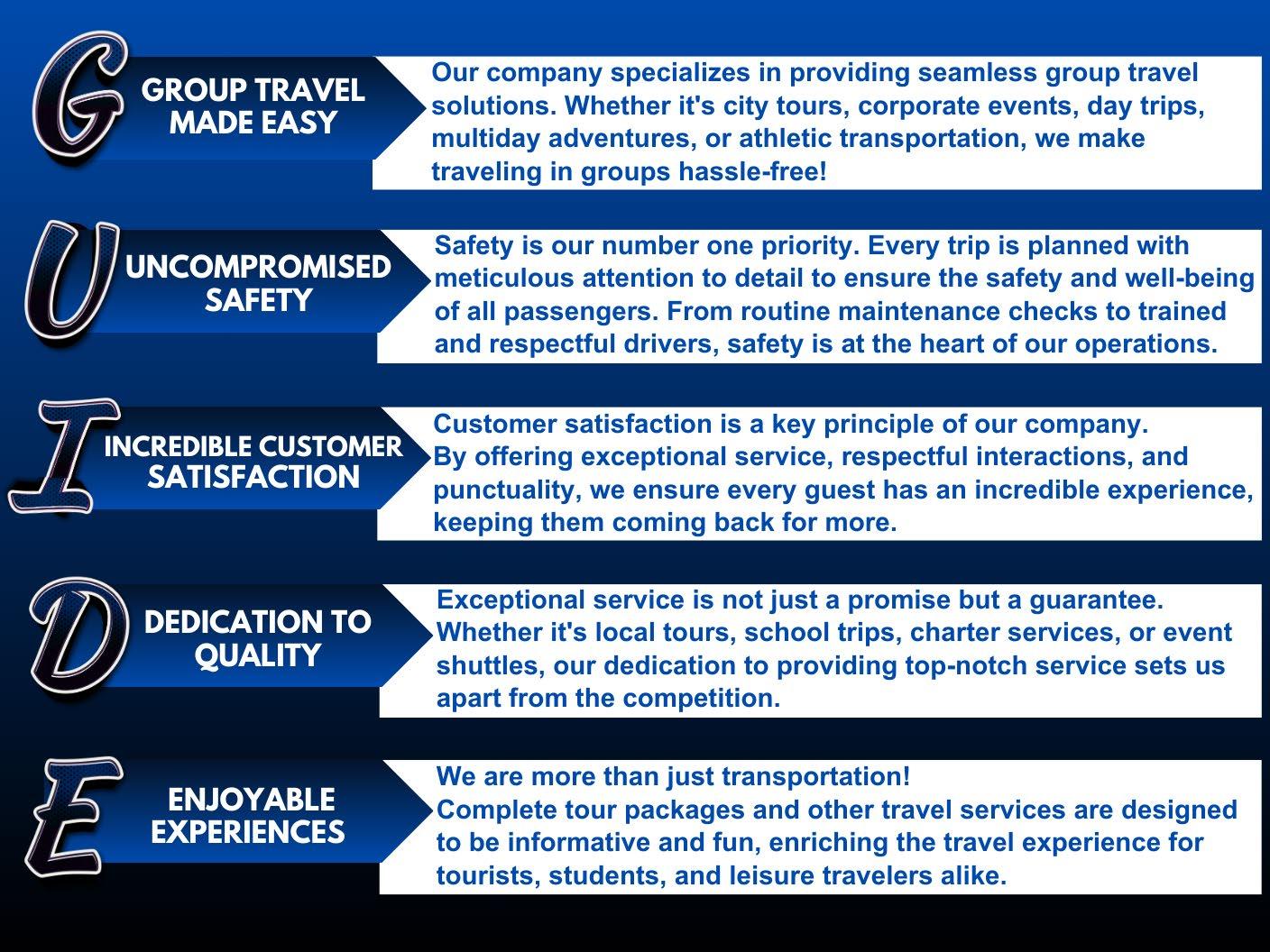

By embodying the GUIDE principles, Kelly Tours stands out as a trusted partner for safe, reliable, and enjoyable travel experiences.
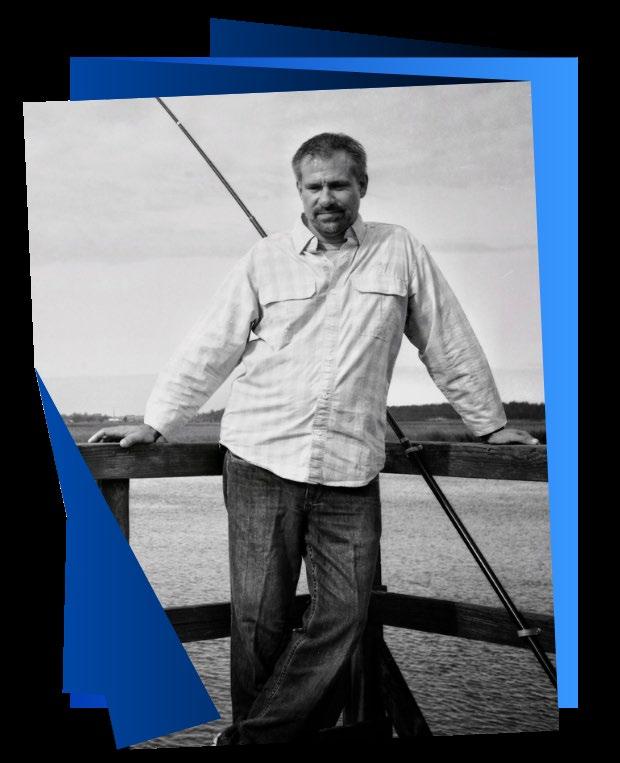


Ranicki Chiropractic Wellness Center


Presented by: Dr. Steven Ranicki
Scan the QR code for the information spoke about during this presentation.

If you’d like to come in to get checked out we put together a new patient special that you are entitled to. It includes a consultation, examination, x-rays (if needed) and then we’ll bring you back to go over what was found. We have deeply discounted that to $37.
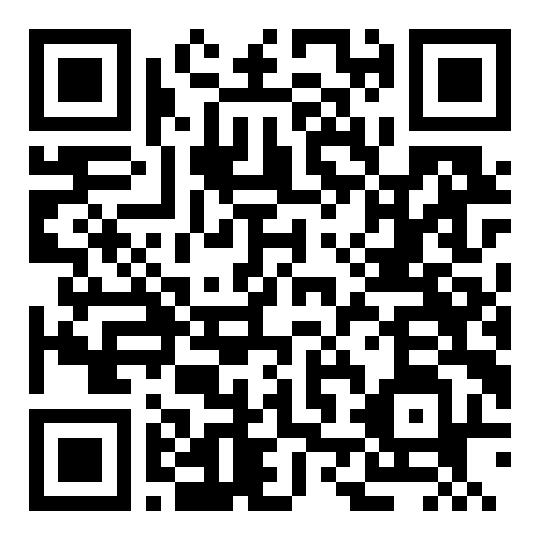


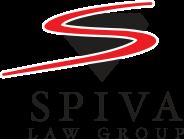


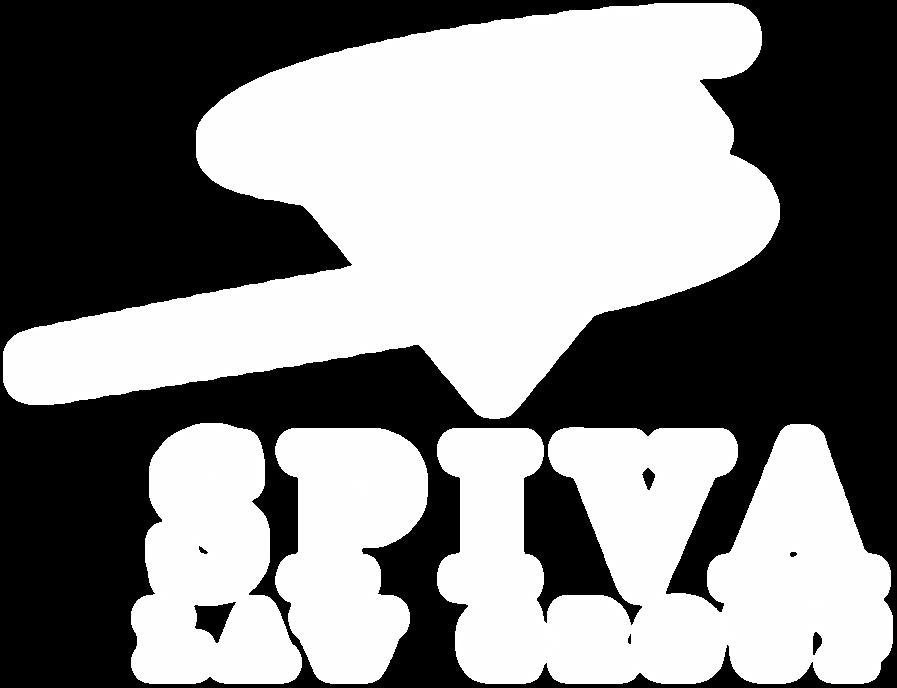

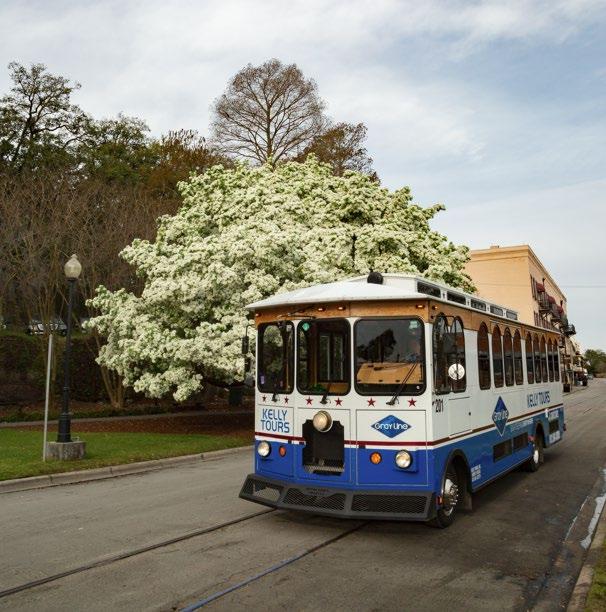
presents:

BY: HOWARD SPIVA SAVANNAH, GA

• Commercial Vehicle Crashes happen, we all know that, but what happens after a crash?
• If attorneys are involved, what does that mean for the driver and the company?
• What happens when attorneys get involved in a crash and what my firm does to represent a client.
• How do we investigate the crash.
• What data is used to argue and win a case?
• How does a company or client come out successful?
• Real life examples.
Practice Limited to Catastrophic Injuries
• Admiralty & Maritime & Waterways
• Amputation Injuries
• Brain & Spinal Injuries
• Car Wrecks
• Children’s Injuries
• Industrial site Injuries
• Mesothelioma Cancer Cases
• Orthopedic Injuries
• Trucking Cases
• Workers Compensation
Firm Savannah records:
Million verdict
9.64 Million
9.64 Million
Phone Books
6 Million Verdict
6 Million Verdict $ 5 .1 Million Verdict $ 5 Million Verdict $ 4 Million Verdict
Bill Boards
5 .1 Million Verdict
5 Million Verdict
• Wrongful Death Litigation Firm Savannah records: $12 Million verdict
Pay per Click
Radio Ads
3 Million Verdict
1.3 Million Verdict
1.2 Million Verdict $ 1.1 Million Verdict $ 1 Million Verdict $ 1 Million Verdict $55 Million Verdict
4 Million Verdict $ 3 Million Verdict $ 1.3 Million Verdict $ 1.2 Million Verdict $ 1.1 Million Verdict
1 Million Verdict $ 1 Million Verdict $55 Million Verdict
Savannah Tradition of Justice since 1984





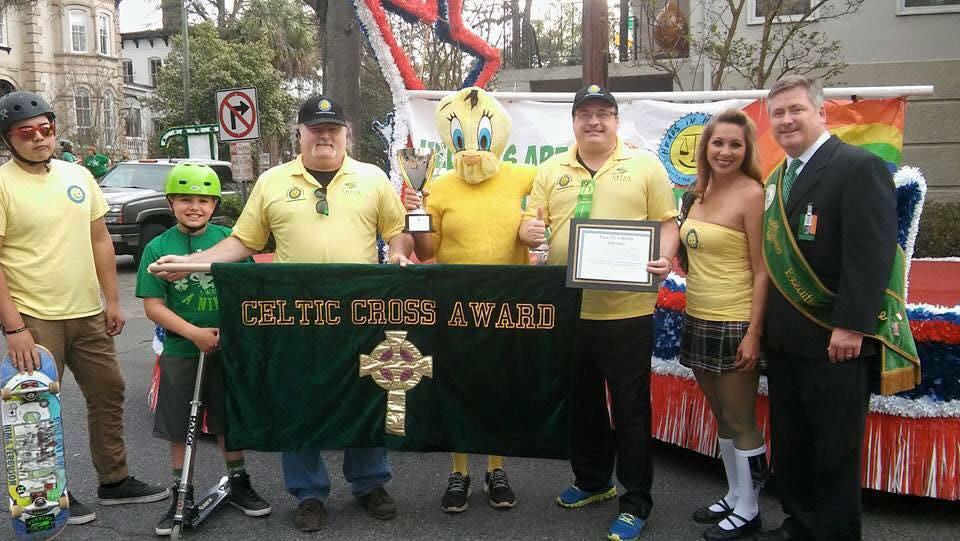




Commercial Vehicle Crashes happen, we all know that, but what happens after a crash?
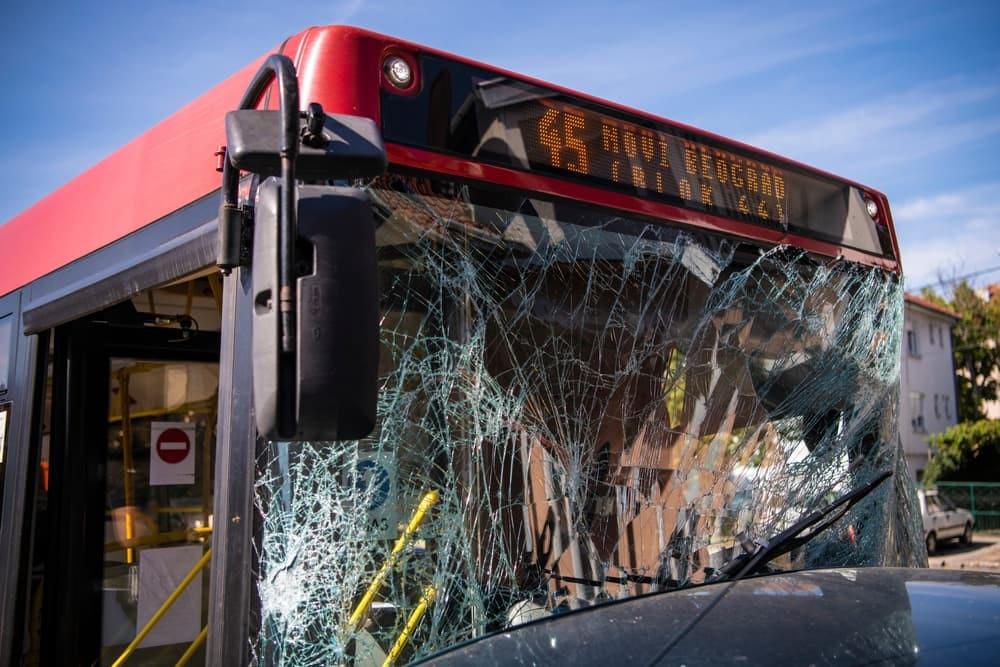
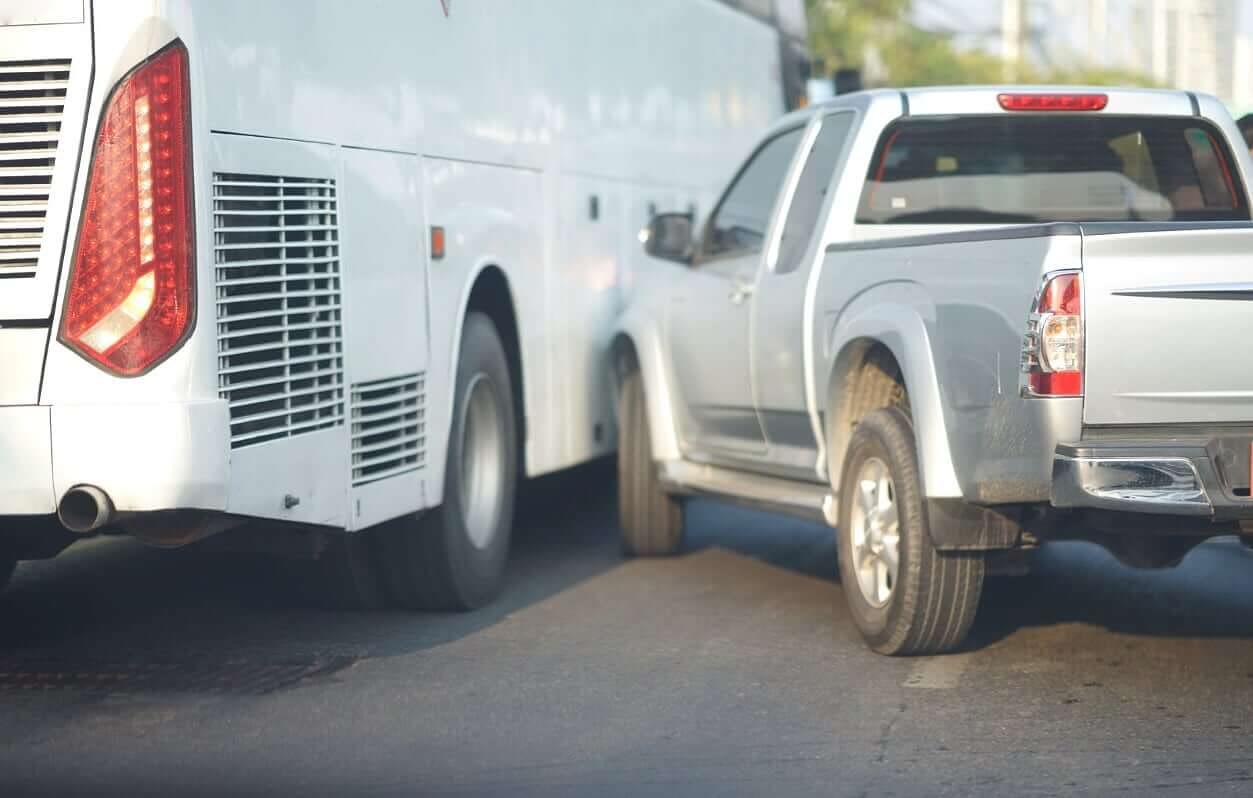
If attorneys are involved, what does that mean for the driver and the company?

What happens when attorneys get involved in a crash? and
What my firm does to represent a client.
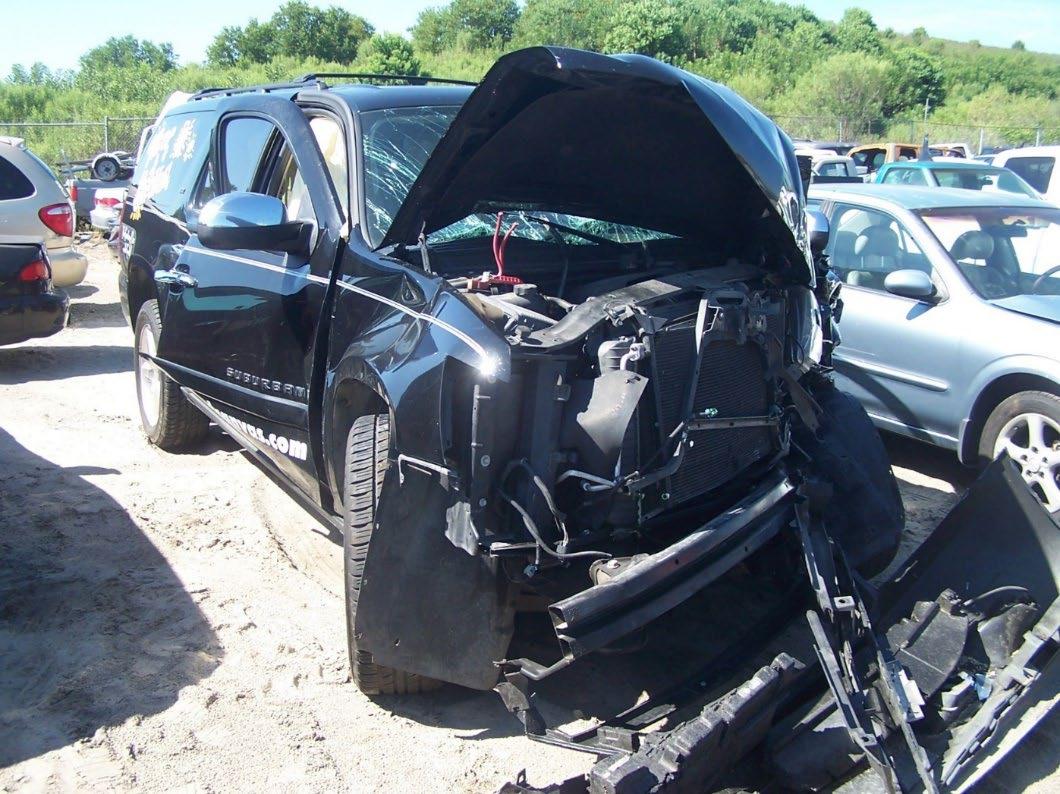
•How do we investigate the crash.
•What data is used to argue and win a case?
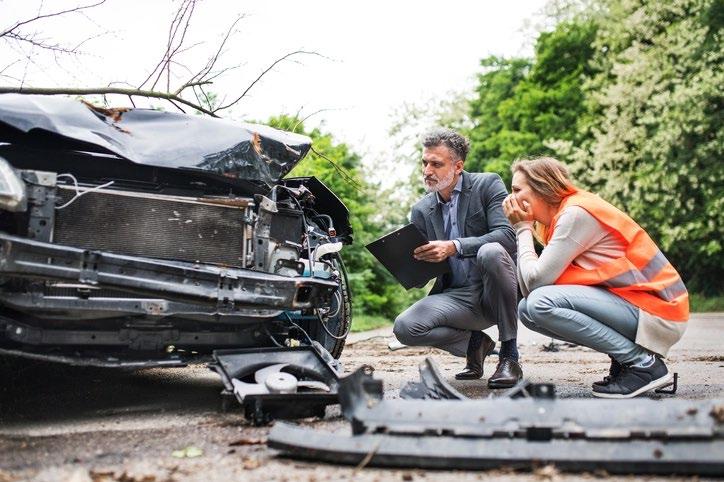


1. Fix what can be fixed.
2. Help what can’t be fixed
3. Compensate for what can’t be fixed or helped.
4. Punish bad behavior.
• Medical damages and bills
• Economical Damages
• Mental/Physical Pain and Suffering
• Futures Damages, i.,e., disability, surgeries, lost income
•Driver Manuals
•Employment Manuals
•Company Policies and Procedures
•Company “Actual” Practices
•Standards in the Industry
•Training Materials created and adopted by the company
•Safety Training (internal and standard)
•Federal and State Regulations
•CDL Manuals
•Truck Driver School Books
•Defensive Driver Courses
•Preventable Accident Manuals
How
a company or client come out successful?
• Flat Bed Left turn Hwy 80 /204
• Log Truck in fog pulled in path (Monkey)
• Commercial Van Pull out from Stop Sign
• Reared at Light Tractor Trailer (DUI)
• Tractor trailer Road Rage (spikes on tires)
• Dump trunk no head lights (Brakes out of service)
• Tractor trailer hit client in dump truck


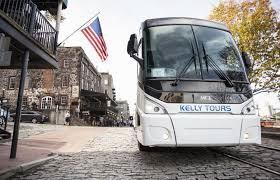
At the Spiva Law Group we change people’s lives.
You do too.
Difference is, I am after the tragedy. You prevent the tragedy.
Like our helmets we give away, we don’t even know how many lives we save.
You don’t either. The public, passengers, customers, the public, they don’t either. I know. I am grateful.
Thank you!
Cut corners on safety.
Cell phone use.
Speeding.
Distracted driving (phones, texting , eating food, applying make up, watching videos, reading)
Left turns in dangerous intersections or not allowing sufficient time.
Out of service equipment.
Inadequate training.
Everyone knows this happens. Must Stand up!
Everyone's lives are changed.

• Huge verdicts are a concern of everyone.
Characteristics:
Jury is Angry.
Deception.
I have seen misbehavior on both sides.
Plaintiff or their attorney exaggerating or inflating damages.
Insurance Company or their lawyers not admitting something they should admit.
Hiding the truth. Hiding evidence. Destroying evidence
Forgive a mistake but not misbehavior. Not Lying.
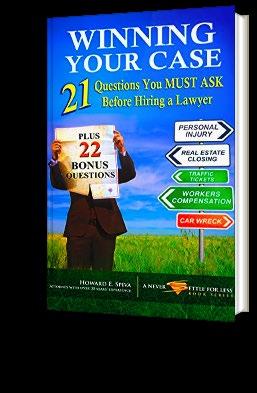
https://spivalaw.com/wp-content/uploads/2021/10/Winning-Your-Case
1) Does your law firm have a rating by MartindaleHubbell or http://www.AVVO.com
2) What are the qualifications and experiences of the people (both attorneys and non-attorneys) assigned to handle day-to-day duties of my case at your office?
3) How many different types of cases do you handle? Do you limit the type of cases that you handle, or focus or specialize in an area of the law?
4) Do you try lawsuits or do you refer all your cases to other law firms or attorneys for trials?
5) Have you ever been sued for legal malpractice by a client?
6) Do you carry errors and omission or malpractice insurance?
7) Have you ever been disciplined by any state bar? Experience in my type of case
8) How much experience do you or your firm have in representing people that need a lawyer for ____________?
Most banks, law firms and businesses seek successful clients.
At the Spiva Law Group, we apply our experience and reputation to make our clients successful
!.!

Thank you! Make it a Super Great day!

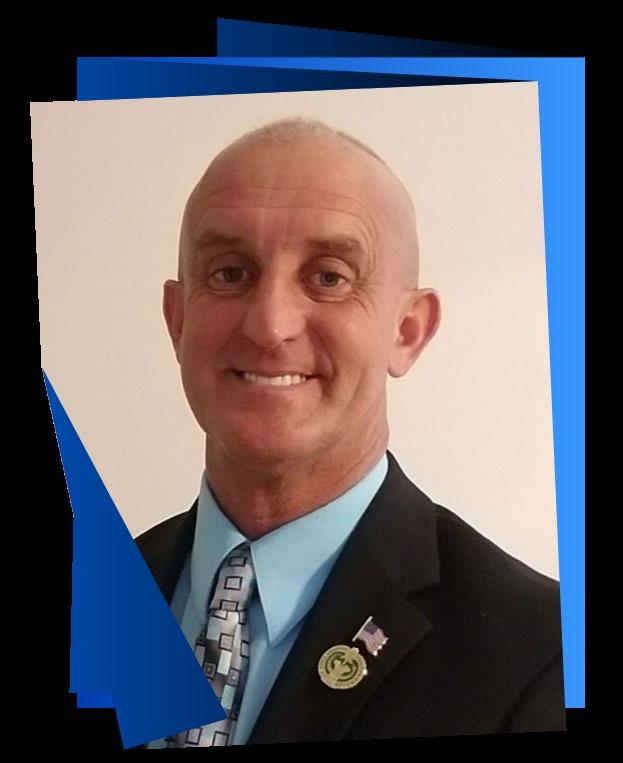
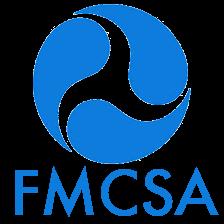
Safety Investigator
Federal Motor Carrier Safety Administration


Presented by: Kevin Elrod
Federal Motor Carrier Safety Administration (FMCSA)
A roadside inspection is an examination of a motor carrier’s CMV(s) and/or its driver(s). It is performed at a fixed or roadside facility and consists of an examination of a driver’s hours of service (HOS), commercial driver’s license requirements, operating authority, financial responsibility, vehicle maintenance, hazardous materials (HM), and other transportation records. A roadside inspection is intended to assess the compliance of a company’s motor vehicles and/or its drivers with FMCSA safety, economic, and HM regulations. The inspection should be conducted in such a manner that assures violations are not missed, overlooked, or unrecorded.
• There are several objectives for conducting a successful driver and vehicle examination. They include, but are not limited to, the following:
• Removing potentially unsafe drivers and imminently hazardous vehicles from our Nation’s highways.
• Ensuring compliance with the provisions of the FMCSR, Federal Motor Vehicle Safety Standards (FMVSS), and HMR, by requiring repairs of vehicle defects and appropriate remedial action for vehicle and/or driver violations.
• Documenting violations that can be used in subsequent enforcement actions.
• Obtaining information regarding carriers, drivers, vehicles, and cargo relative to safety and compliance with the FMCSR, FMVSS, and HMR, and overall program direction and evaluation.
• Roadside inspections can be initiated on any CMV (e.g., passenger carriers, HM carriers, carriers of property) operating in interstate or intrastate commerce. Generally, motor carriers with a high Inspection Selection System (ISS) value are selected first.
• Inspectors have the discretion whether to conduct an inspection on a motor vehicle that has a current CVSA decal. Reasons for re-inspection include, but are not limited to, discovery of OOS violations, visible or audible mechanical defects, transportation of HM, load securement violations, special operations, etc.
For-hire, private, and school bus carriers are subject to the FMCSR. However, they are subject to specific regulations depending on their operations.
An inspection that includes examination of driver’s license; Medical Examiner’s Certificate and Skill Performance Evaluation (SPE) Certificate (if applicable); alcohol and drugs; driver’s record of duty status, as required; hours of service; seat belt; vehicle inspection report(s) (if applicable); brake systems; cargo securement; coupling devices; driveline/driveshaft; exhaust systems; frames; fuel systems; lighting devices (headlamps, tail lamps, stop lamps, turn signals and lamps/flags on projecting loads); steering mechanisms; suspensions; tires; van and open-top trailer bodies; wheels, rims and hubs; windshield wipers; buses, motorcoaches, passenger vans or other passenger-carrying vehicles – emergency exits, electrical cables and systems in engine and battery compartments, seating, HM/DG and specification cargo tank requirements, as applicable. HM/DG required inspection items will only be inspected by certified HM/DG and cargo tank inspectors, as applicable.
An examination that includes each of the items specified under the North American Standard Level II Walk-Around Driver/Vehicle Inspection Procedure. As a minimum, Level II Inspections must include examination of: driver’s license; Medical Examiner’s Certificate, Self Certification and Skill Performance Evaluation (SPE) Certificate (if applicable); alcohol and drugs; driver’s record of duty status as required; hours of service; seat belt; vehicle inspection report(s) (if applicable); brake systems; cargo securement; coupling devices; driveline/driveshaft; exhaust systems; frames; fuel systems; lighting devices (headlamps, tail lamps, stop lamps, turn signals and lamps/flags on projecting loads); steering mechanisms; suspensions; tires; van and open-top trailer bodies; wheels, rims and hubs; windshield wipers; buses, motorcoaches, passenger vans or other passenger-carrying vehicles – emergency exits, electrical cables and systems in engine and battery compartments, seating, and HM/DG requirements, as applicable. HM/DG required inspection items will only be inspected by certified HM/DG and cargo tank inspectors, as applicable. It is contemplated that the walk-around driver/vehicle inspection will include only those items that can be inspected without physically getting under the vehicle.
An examination that includes those items specified under the North American Standard Level III Driver/Credential/Administrative Inspection Procedure.
As a minimum, Level III Inspections must include, where required and/or applicable: examination of the driver’s license; Medical Examiner’s Certificate, Self Certification, and Skill Performance Evaluation (SPE) Certificate; driver’s record of duty status; hours of service; seat belt; vehicle inspection report(s); and carrier identification and status.
• Emergency exits - Point out the location of all emergency exits (push-out windows, roof vent, and side door) and explain how to operate them. Emphasize that, whenever feasible, the motorcoach door should be the primary exit choice. Encourage able-bodied passengers to assist any injured or mobility-impaired passengers during an emergency evacuation. Provide passengers with sufficient guidance to ensure compliance with 49 CFR 392.62, "Safe operation, buses."
• Seat Belt Use - If equipped, recommend the use of shoulder/lap seat belts whenever passengers occupy any seating position.
• Emergency Contact - Advise passengers to call 911 by cellular telephone in the event of an emergency.
• Driver Direction - Advise passengers to look to the driver for direction and follow his/her instructions.
• Fire Extinguisher - Point out the location of the fire extinguisher.
• Restroom Emergency Push Button or Switch - Inform motorcoach passengers of the emergency signal device in the restroom.
• Avoiding Slips and Falls - Warn passengers to exercise care when boarding and exiting the motorcoach and to use the handrail when ascending or descending steps. Encourage passengers to remain seated as much as possible while the motorcoach is in motion. If it is necessary to walk while the motorcoach is moving, passengers should always use handrails and supports.
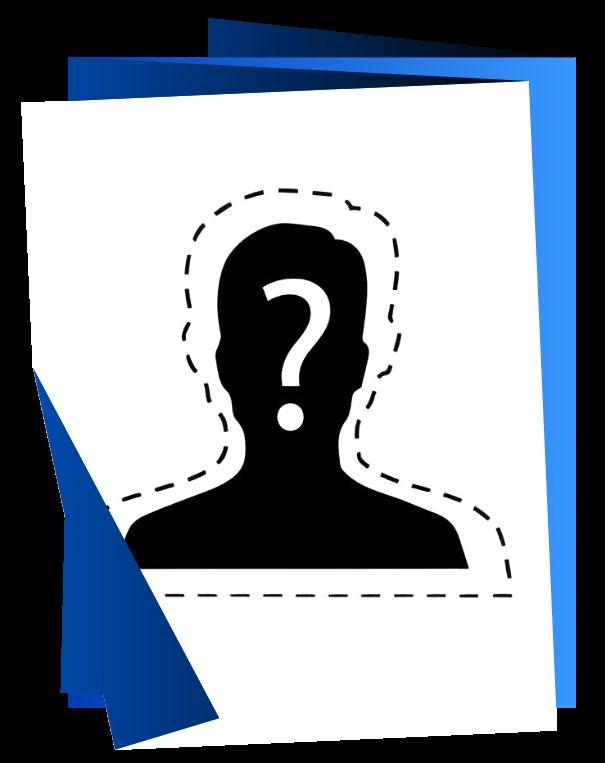

Join us in welcoming a very special guest to the stage!




Retired NFL Player
College Football Hall Of Fame ’17
Author
Motivational Speaker


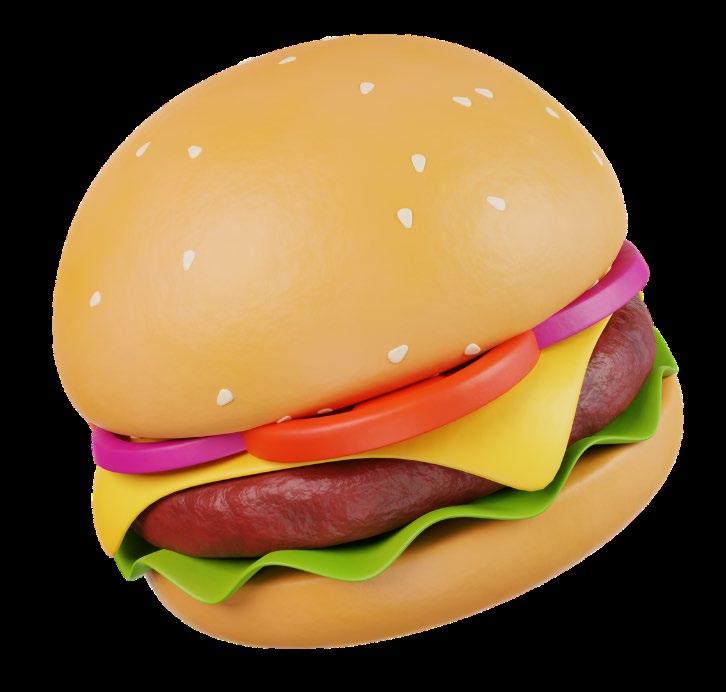






▪ Since 2023 safety meeting, you all have…
– Watched 1 hour and 38 minutes of Safety Videos
– Answered a total of 114 questions.
▪ Thank you to everyone who completes their quizzes!
▪ Thank you to those who submit topic ideas.
▪ Please continue to tune in and participate as we continue to build a library of resource for all of our drivers and staff to access!


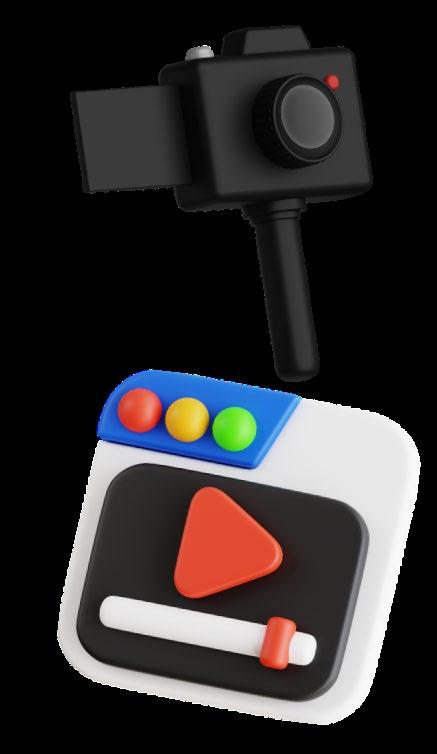

2023 Q3- WINNER: Kyle Houston- driving 13,154 miles
Runners Up- Alvin Bacote (12,390 miles) and Marlon Thompson (12,275 miles)
2023 Q4- WINNER: Alvin Bacote- driving 15,271 miles
Runners Up- Joshua Littles (14,900 miles) and Bob Schuneman (14,116 miles)
2024 Q1- WINNER: Rodney Chatman driving 15,981 miles
Runners Up- Jimmy Hutchings (15,886 miles) and Crystal Trick (14,950 miles)
2024 Q2- WINNER: Jimmy Hutchings driving 17,950 miles
Runners Up- Rodney Chatman (17,178 miles) and Cornelius Kilgore (16,783 miles)





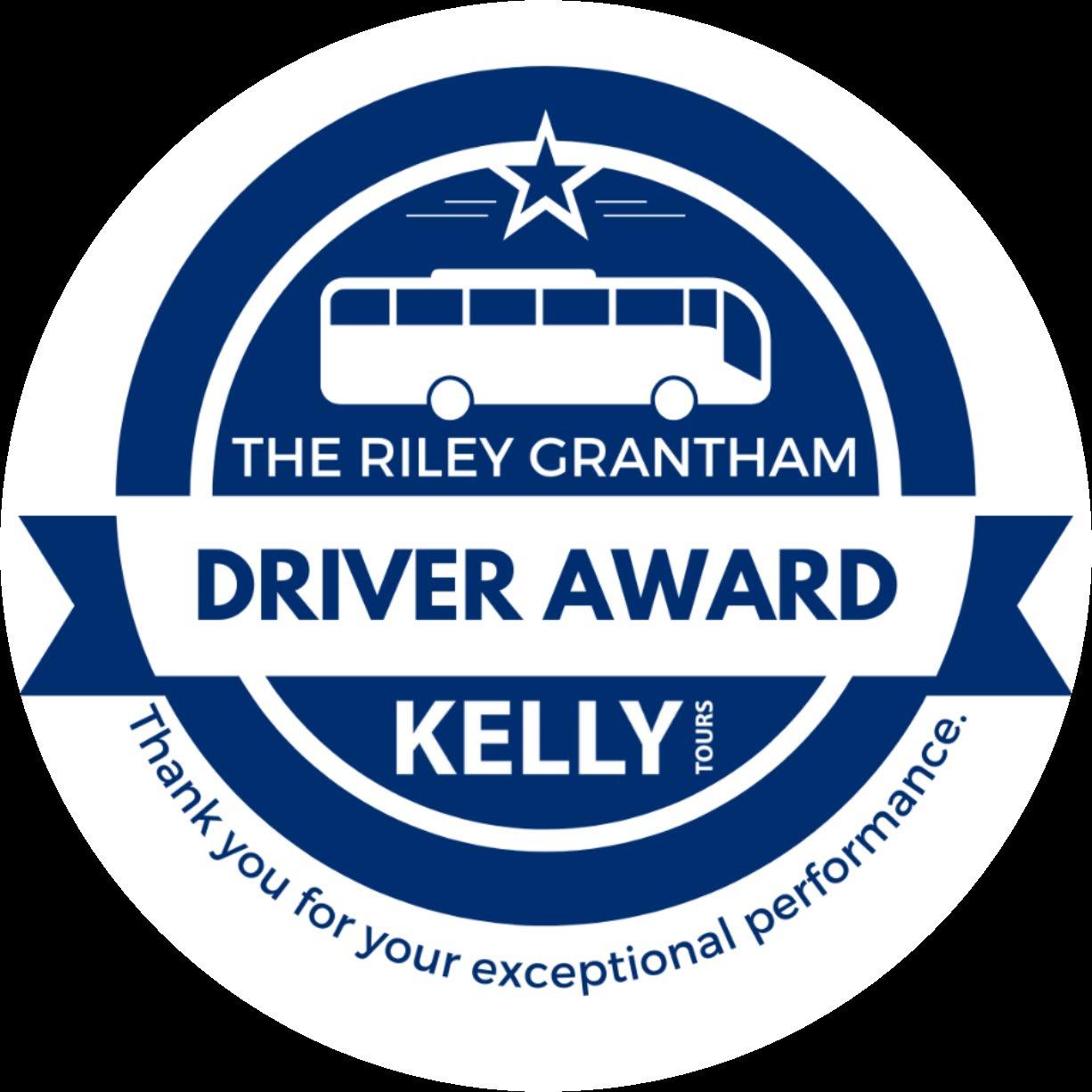


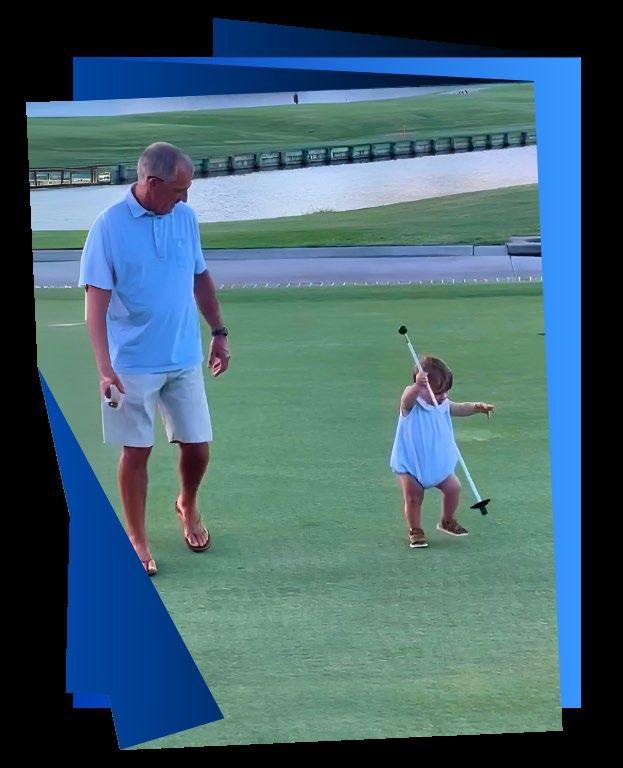



YOU MUST DRESS PRESENTABLY AND PROFESSIONALLY WHEN DRIVING A KELLY TOURS BUS.
– Drivers need to be wearing Kelly Tours polos, button-ups, or sports team polos (as applicable) always.
– Appropriate pants include black or gray dress pants and khaki pants.
– Jeans can ONLY be worn on dead-head days.
– Close toes dress shoes or black sneakers.
– T-shirts or shirts that do not represent the company.
– Leggings, sweatpants, joggers, etc.
– Flip flops, slides, crocs, open-toed shoes.
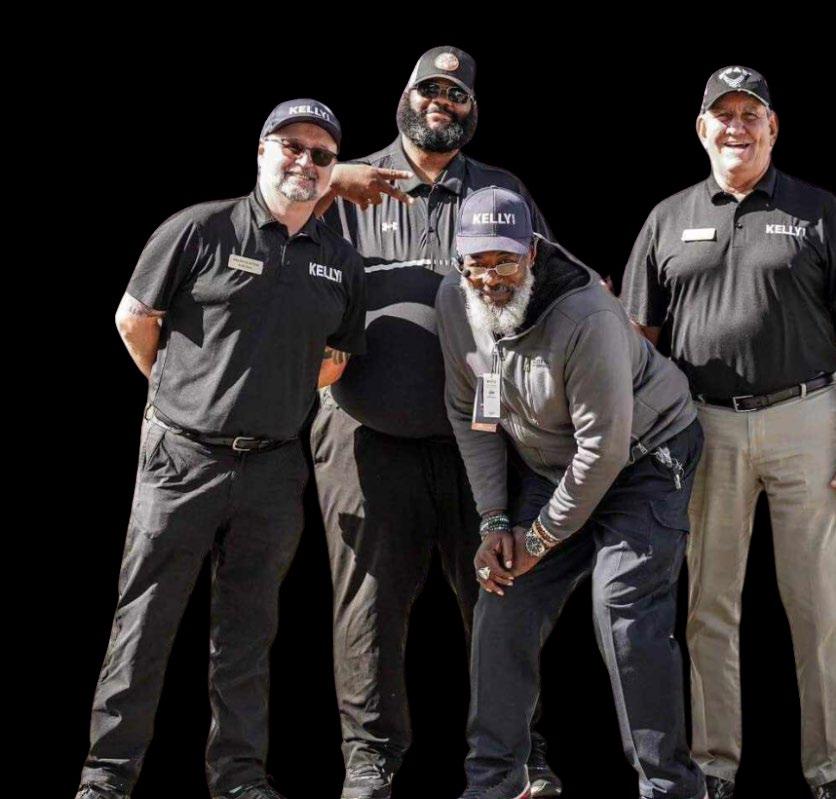

▪ You need to be mindful of what you submit as a defect.
▪ REMEMBER: submitting safetysensitive items during a trip should be avoided as it could result in an out-of-service order.
▪ MANUAL DEFECTS: If you need to submit something manually, do so through the Whip Around app.


DO NOT USE ZENDU MAINTENANCE FOR ANYTHING MOTORCOACH-RELATED.




▪ You must take pictures of the ODOMETER and ensure the text matches the picture.
▪ We do not use Saucon anymore for vehicle mileage.
▪ If you have questions about this process, shoot me an email and I will be happy to schedule some 1-on-1 time with you.

▪ There are 5 types of tests:
– Pre-employment
– Random
– Reasonable Suspicion
– Post Accident
– Return to Duty
▪ As a reminder, random drug tests can be completed ANYTIME while random alcohol tests can only be completed before, during, or immediately following your shift.


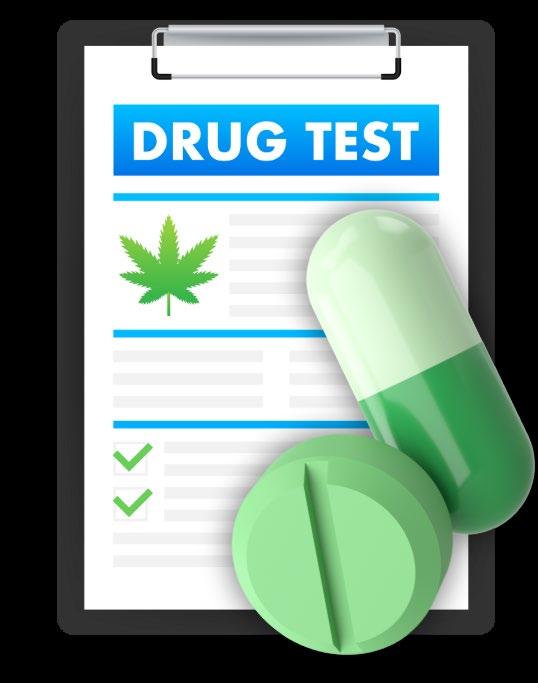

▪ If you are involved in an accident, press the blue camera button! It is very important that if you have a camera on your bus, we preserve the accident footage.
▪ Do not be afraid to report an accident or incident with your bus. It is a lot easier to handle a situation if we know about when it happens versus finding out about it days or weeks later.
▪ Please make sure you are renewing your medical cards EARLY! We have seen lots of 3-month medical cards and drivers being denied medical cards so go early! Remember, you can renew your medical card up to 90 days before it expires.
▪ Remember to call after hours/ on-call when you are supposed to.
– Mon-Fri from 5pm to 9am
– Sat, Sun, Holidays and Office Closures- 24 hours.




▪ Challenges we face putting together the schedule
▪ How YOU affect the scheduling process
▪ Requesting time off
▪ Appropriate amount of notice when needing to request time off
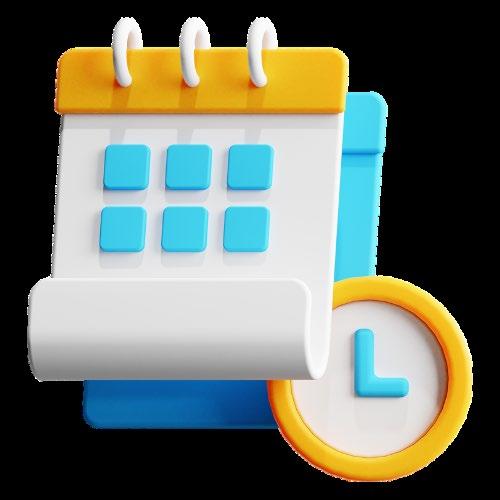


▪ Frequency of pay
▪ Pay period start/end dates & what day you are paid
▪ Pay for trips ending after midnight
▪ Preposition vs. Relocation pay
▪ Perk pay
▪ Gratuities
▪ What to do if you think your pay is incorrect



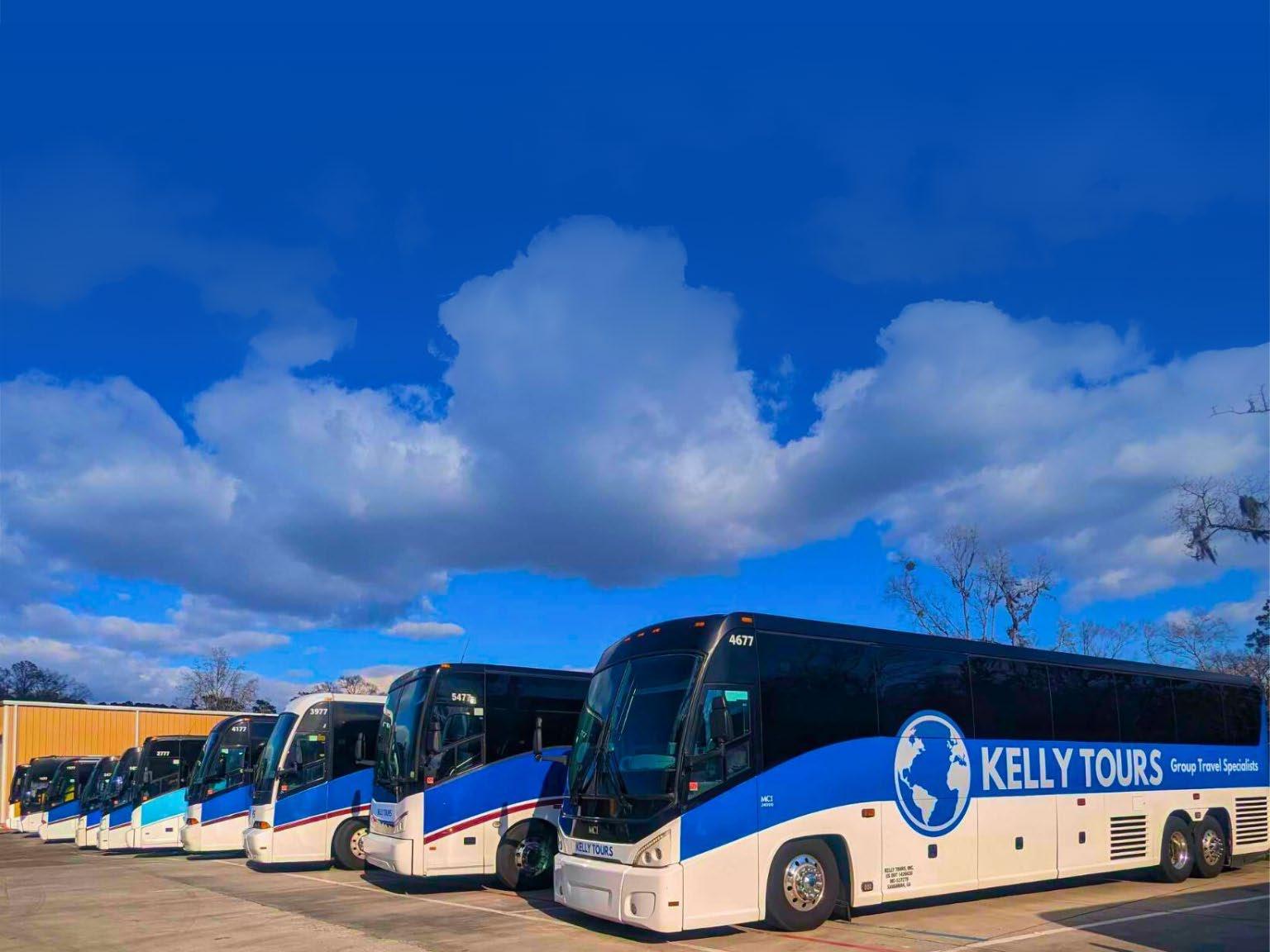
▪ Drivers are listed in order on the work orders, and you must stay in that position.
▪ The group is to always stay together, and no one is to venture off independently.
▪ Each multi-bus move will have a lead driver.
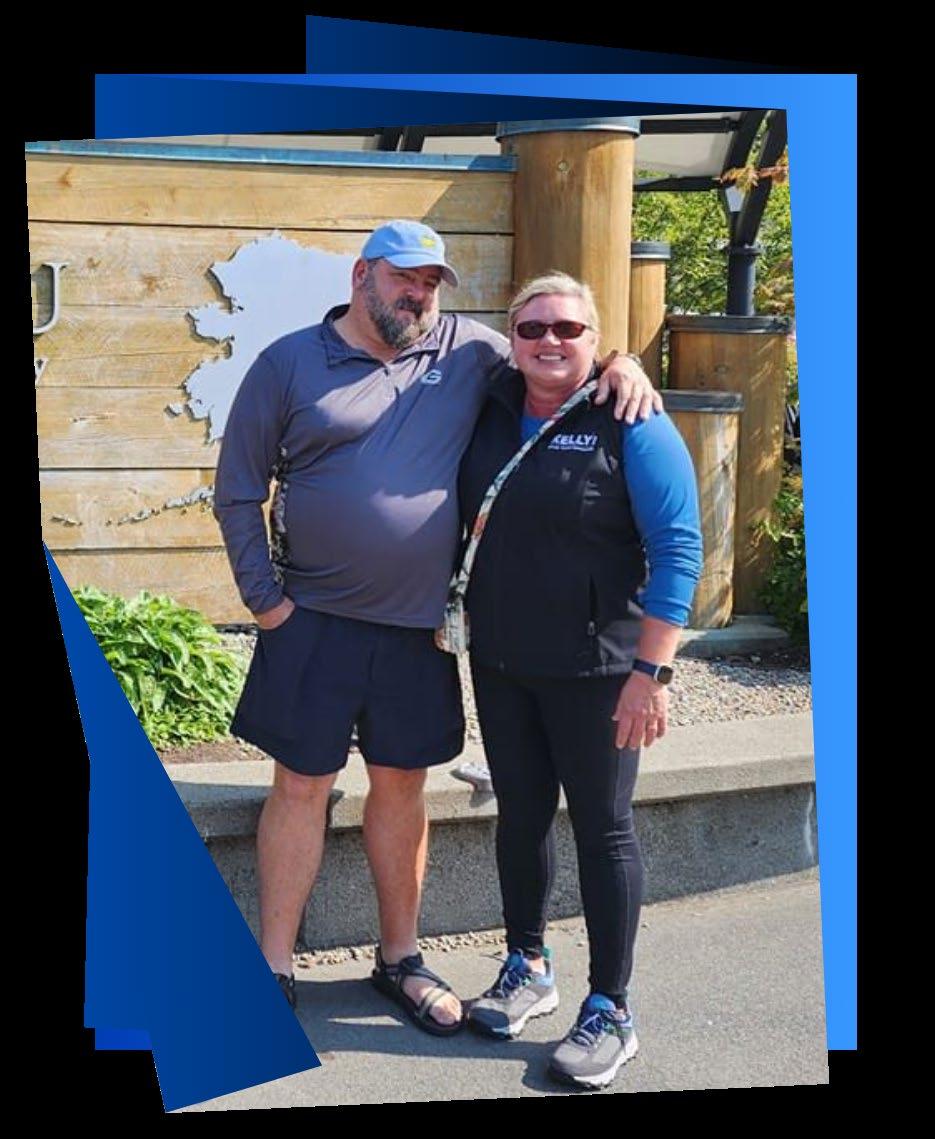



City of Tybee Island

NEW PARKING ON TYBEE ISLAND, NO BUS PARKING ON HWY 80 AT HOTEL TYBEE ANYMORE.
Bus Parking North Island:
Pulaski Street
3 spaces
Mid Island:
Jones Street @ Memorial Park
3 Spaces
South Island:
Butler Avenue
15th Street
4 Spaces
Streets Permitted for Buses:
US Highway 80
Polk St Fort St
Taylor St
Pulaski St
Van Horne St
Meddin Dr
Tom Lynch Loop
Butler Ave
Campbell Ave
Jones Ave
14th St
15th St
6th St (Between Jones and Butler)
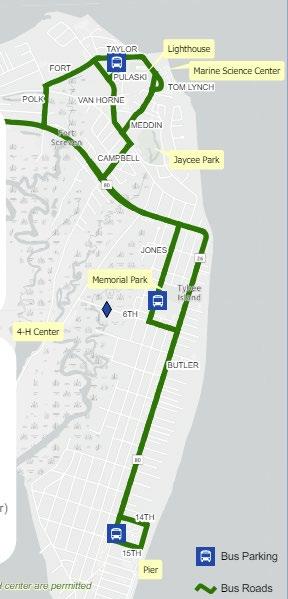

▪ Any vehicle over 34 ft must have a transportation or tour permit to stop in the Historic District.
▪ Make sure your permit is displayed in the window.
▪ Use designated motor coach stops to load/unload.
▪ 15 minutes for loading and 10 minutes for unloading.
▪ If idling, make sure it’s a designated stop that allows idling.
▪ After-hours parking at the Savannah Visitors Center


▪ We are adding the peach pass stickers to the motorcoaches
▪ The current transponders are good everywhere except the GA express lanes.
▪ If you don’t have a transponder in your bus, please try to not use the express lanes until all units are implemented.







▪ THIS AFFECTS DPF SYSTEM & CAUSES UNITS TO GO INTO D-RATE, UNIT FAILURE, WHICH IN TURN LEADS TO MORE ROAD CALLS AND TOWS.
▪ UNNECESSARY IDLING USES UP DIESEL AND CAUSES
EXCESSIVE WEAR TO THE ENGINE AND CLOGS THE FILTERS WHICH CAUSE BREAKDOWNS
▪ IDLE TIME SHOULD BE NO LONGER THAN 30 MINUTES PRIOR TO LOADING AND UNLOADING. DO NOT SIT AND IDLE FOR LONG PERIODS OF TIME WHILE THE CUSTOMER IS AT A STOP
▪ LEARN YOUR UNITS DASH LIGHT FOR REGENING AND DO NOT TURN OFF AFTER THE UNIT HAS STARTED A REGEN
▪ EVERY TIME YOU IDLE, YOU ARE DECREASING HOW LONG THE UNIT’S PARTS WILL LAST AND THEREFORE RAISING THE MAINTENANCE COST AND POSSIBILITY OF BREAKDOWNS.
▪ TIRES ARE COSTLY AND NEED TO BE TAKEN CARE OF.
▪ CURBING TIRES CAUSE SIDEWALL DAMAGE AND RIM DAMAGE THAT LEADS TO BLOWOUT’S AND TIME DOWN AFFECTING NOT JUST THE DRIVER BUT ALSO THE CUSTOMER.
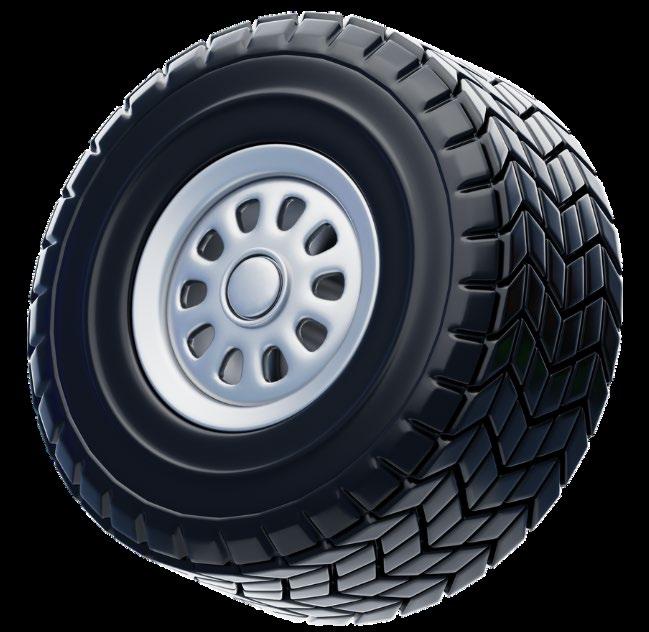
▪ 3-FOR SAFE PRATICE STAY 3 FEET FROM CURB AND IF YOU DO GET ON THE CURB, COMMIT TO THE TURN

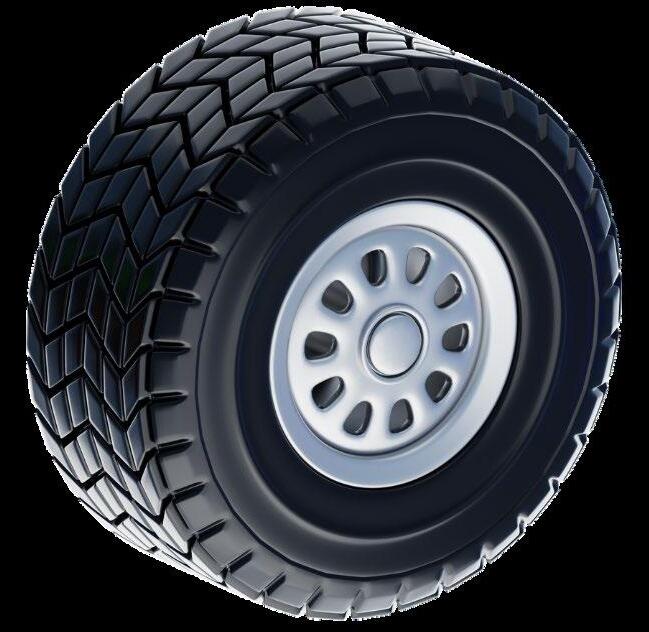



▪ Engine brakes reduce the occurrence of brake failure by using the engine to slow the rig. They increase the effectiveness of braking, save money by reducing wear and tear on the tires and brake system, and increase safety

Thank you for being a key part of our team!


Thank

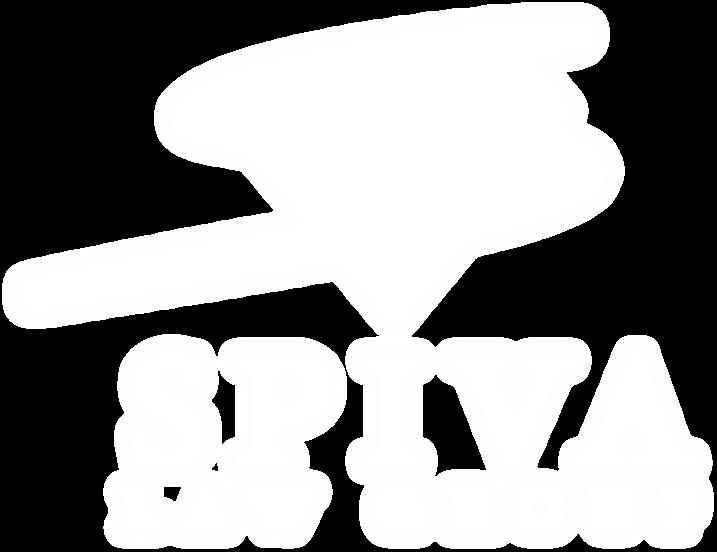




Thank you TO ALL OF OUR SPONSORS !
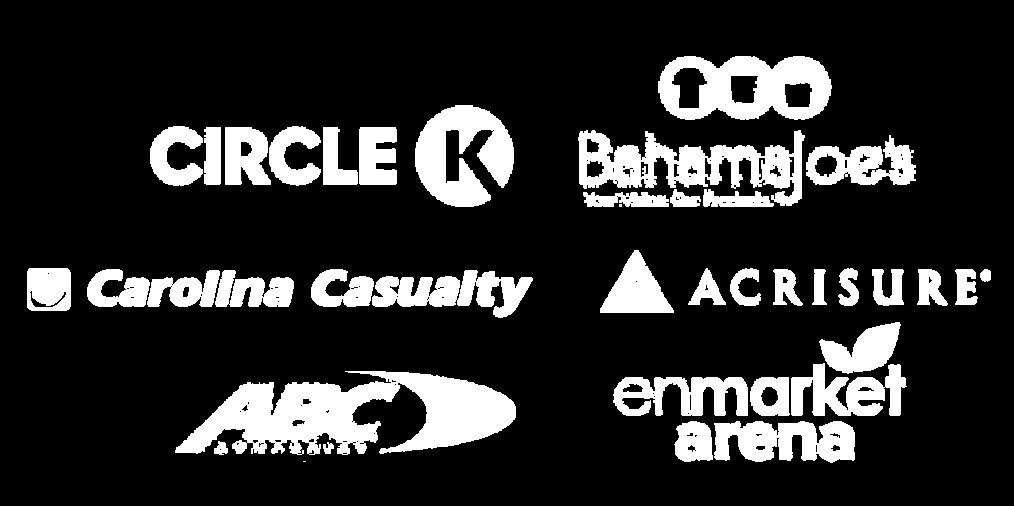


SEE YOU AT OUR 2025 SAFETY MEETING!
